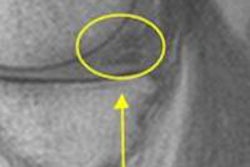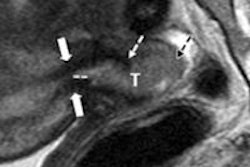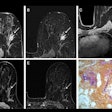Dr. Linda Moy, from NYU Langone Medical Center, and colleagues reviewed 100 breast MRI exams that had been performed on a 3-tesla scanner. All the exams contained a biopsy-confirmed cancer. Blinded to patients' clinical history, two radiologists evaluated the precontrast T1, first postcontrast T1, and first subtraction T1 postcontrast images, then assessed the images again with the addition of precontrast T2 images. Scan time for the three T1 sequences was four minutes; scan time for the T2 sequences was also four minutes.
Of 100 cancers, 62 were invasive carcinomas, 29 were DCIS, and nine were invasive carcinomas and DCIS. There was no significant difference between the two readers in terms of evaluation time or reader confidence, according to the researchers.
Although Moy and colleagues concluded that an abridged breast MRI protocol has high sensitivity for finding known DCIS and reduced interpretation time, they cautioned that specificity and recall rates of a shorter exam should be further investigated.



.fFmgij6Hin.png?auto=compress%2Cformat&fit=crop&h=100&q=70&w=100)





.fFmgij6Hin.png?auto=compress%2Cformat&fit=crop&h=167&q=70&w=250)











